Role Artist | Name Gordon Matta-Clark Occupation Artist | |
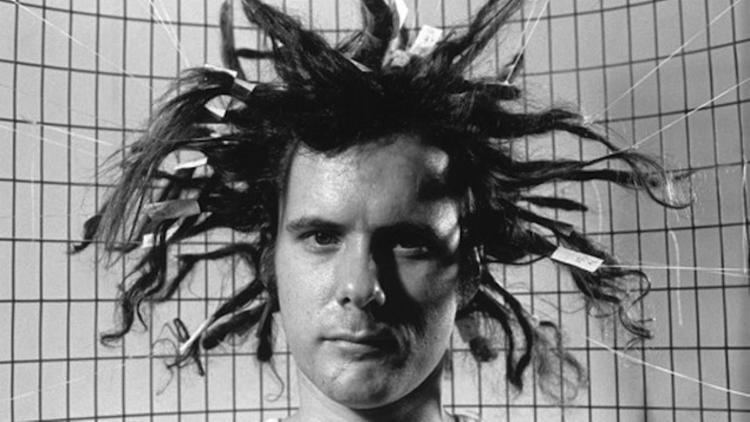 | ||
Full Name Gordon Roberto Echaurren Matta Born June 22, 1943 ( 1943-06-22 ) New York, New York, U.S. Spouse(s) Jane Crawford (19??-1978; his death) Artwork Conical Intersect, Splitting: Four Corners, Bronx Floors Siblings Ramuntcho Matta, Pablo Echaurren, Federica Matta, Alisee Matta, Sebastian Matta Awards Guggenheim Fellowship for Creative Arts, US & Canada Similar People Roberto Matta, Ramuntcho Matta, Pablo Echaurren, Federica Matta, Gloria Moure | ||
Parents Anne Clark, Roberto Matta | ||
Gordon matta clark office baroque
Gordon Matta-Clark (born Gordon Roberto Echaurren Matta; June 22, 1943 – August 27, 1978) was an American artist best known for his site-specific artworks he made in the 1970s.
Contents
- Gordon matta clark office baroque
- Art food gordon matta clark
- Life and work
- Death and legacy
- Videography
- References

Art food gordon matta clark
Life and work

Matta-Clark's parents were artists: Anne Clark, an American artist, and Roberto Matta, a Chilean Surrealist painter, of Basque, French and Spanish descent. He was the godson of Marcel Duchamp's wife, Teeny. His twin brother Sebastian, also an artist, committed suicide in 1976.
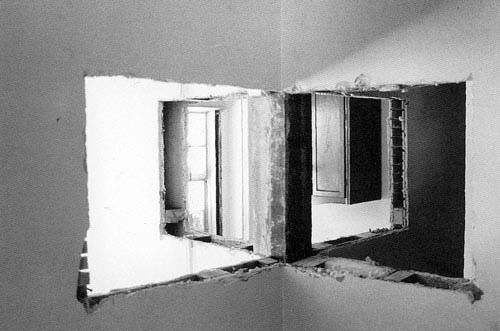
He studied architecture at Cornell University from 1962 to 1968, including a year at the Sorbonne in Paris, where he studied French literature. In 1971, he changed his name to Gordon Matta-Clark, adopting his mother's last name. He did not practice as a conventional architect; he worked on what he referred to as “Anarchitecture”. At the time of Matta-Clark's tenure there, Cornell's architecture program was guided in part by Colin Rowe, a preeminent architectural theorist of modernism.
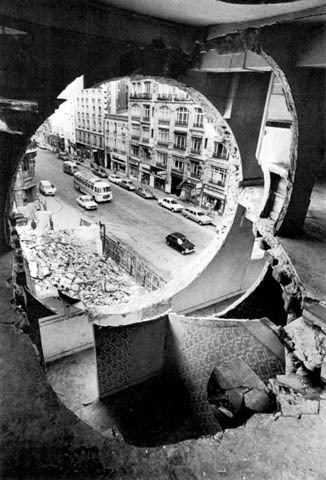
Matta-Clark used a number of media to document his work, including film, video, and photography. His work includes performance and recycling pieces, space and texture works, and his "building cuts". He also used puns and other word games as a way to re-conceptualize preconditioned roles and relationships (of everything, from people to architecture). He demonstrates that the theory of entropy applies to language as well as to the physical world, and that language is not a neutral tool but a carrier for societal values and a vehicle for ideology.
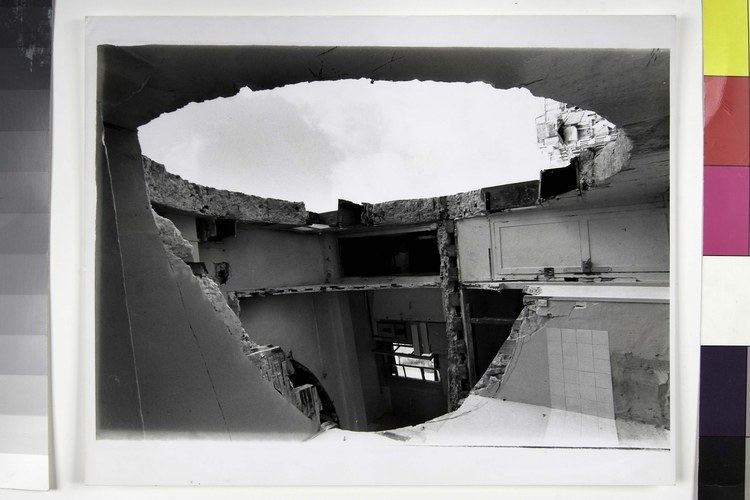
In February, 1969, the "Earth Art" show, curated by Willoughby Sharp at the invitation of Tom Leavitt, was realized at Andrew Dickson White Museum of Art, Cornell University. Matta-Clark, who lived in Ithaca at the time, was invited by Willoughby Sharp to help the artists in "Earth Art" with the on-site execution of their works for the exhibition. Sharp then encouraged Gordon Matta-Clark to move to New York City where Sharp continued to introduce him to members of the New York art world. Matta-Clark's work, Museum, at Klaus Kertess' Bykert Gallery, was listed and illustrated on pages 4–5 of Avalanche 1, Fall 1970.

In 1971 Matta-Clark, Carol Goodden, and Tina Girouard co-founded FOOD, a restaurant in SoHo, New York, managed and staffed by artists. The restaurant turned dining into an event with an open kitchen and exotic ingredients that celebrated cooking. The activities at FOOD helped delineate how the art community defined itself in downtown Manhattan. The first of its kind in SoHo, Food became well known among artists and was a central meeting-place for groups such as the Philip Glass Ensemble, Mabou Mines, and the dancers of Grand Union. He ran FOOD until 1973.
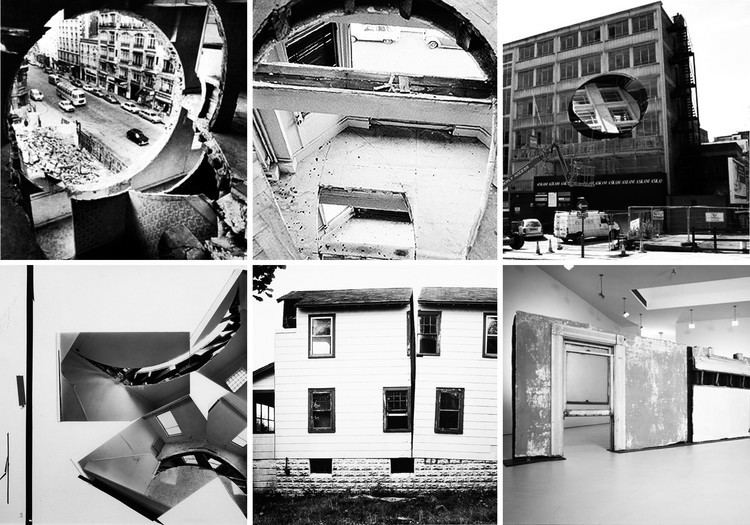
In the early 1970s and in the context of his artistic community surrounding FOOD, Matta-Clark developed the idea of "anarchitecture" - a conflation of the words anarchy and architecture - to suggest an interest in voids, gaps, and left-over spaces. With his project Fake Estates, Matta-Clark addressed these issues of non-sites by purchasing at auction 15 leftover and unusably small slivers of land in Queens and Staten Island, New York, for $25–$75 a plot. He documented them through photographs, maps, bureaucratic records and deeds, and spoke and wrote about them - but was not able to occupy these residual elements of zoning irregularities in any other way.
In 1974, he performed a literal deconstruction, by removing the facade of a condemned house along the Love Canal, and moving the resulting walls to Artpark, in his work Bingo.
For the Biennale de Paris in 1975, he made the piece titled Conical Intersect by cutting a large cone-shaped hole through two townhouses dating from the 17th century in the market district known as Les Halles which were to be knocked down in order to construct the then-controversial Centre Georges Pompidou.
For his final major project, Circus or The Caribbean Orange (1978), Matta-Clark made circle cuts in the walls and floors of a townhouse next-door to the first Museum of Contemporary Art, Chicago, building (237 East Ontario Street), thus altering the space entirely.
Following his 1978 project, the MCA presented two retrospectives of Matta-Clark’s work, in 1985 and in 2008. The 2008 exhibition You Are the Measure included never-before-displayed archival material of his 1978 Chicago project. You Are the Measure traveled to the Whitney Museum of American Art, New York, and the Museum of Contemporary Art, Los Angeles.
Death and legacy
Matta-Clark died from pancreatic cancer on August 27, 1978, aged 35, in New York, New York. He was survived by his widow, Jane Crawford. The Gordon Matta-Clark Archive is housed at the Canadian Centre for Architecture, Montreal.
